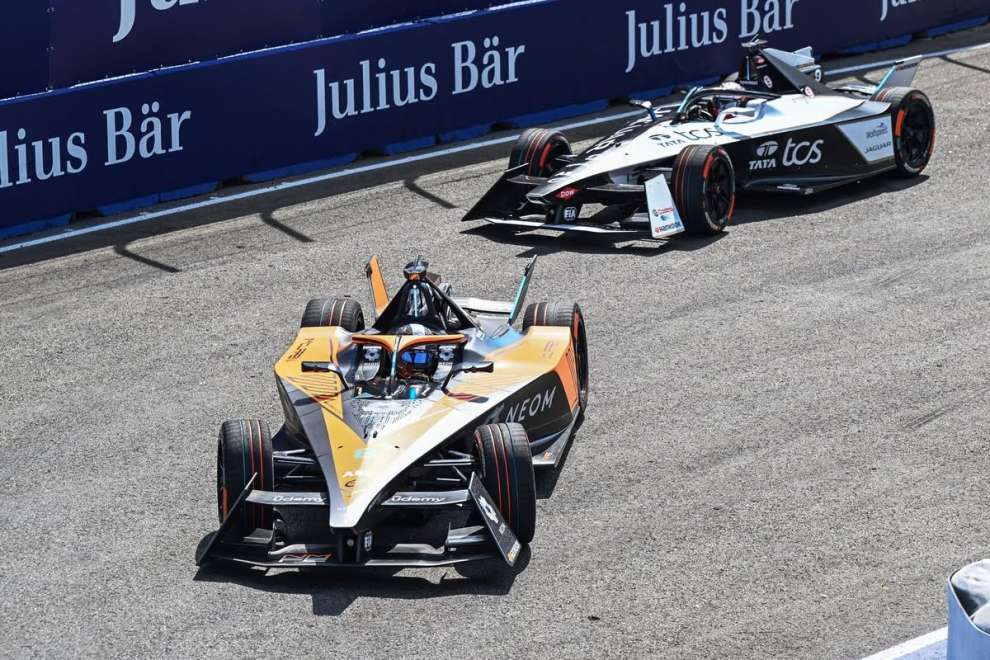By Carlo Platella
The Tokyo E-Prix is finally a reality. After a courtship lasting several years, the electric single-seaters will race through the heart of the Japanese capital, stimulating the interest of local manufacturers and cementing the foundations for the future of Formula E. The event in Japan comes two weeks after the victory of Sam Bird and McLaren in Sao Paulo, at the end of a highly managed race. However, it still remains to be understood what the dynamics of the next round will be.
The importance of Tokyo
Japan represents one of the beating hearts of the global automotive and motorsport industry. Confirming the strategic value of Formula E in the economies, a few hours after hitting the track in Tokyo comes the announcement of the entry into the Formula E championship. Yamaha, which in collaboration with Lola will create a powertrain starting from next season. A little later it's the turn of Nissanwhich confirms its adherence to the Gen4 regulations, extending its stay in Formula E until at least 2030.
The commercial opportunities linked to the landing in Japan place the Tokyo E-Prix as the event of the year for the championship. The race in the country of the Rising Sun also increases the presence of Formula E on the Asian continent, together with China's upcoming return to the calendar. A move that winks at the new manufacturers evaluating entry into the championship. As reported by The Race, the Korean Hyundai and Chinese BYD they look very carefully at Formula E for their respective sports programs.
The track
The hope of the organizers is that the Tokyo E-Prix can be remembered as the event of the year also from a sporting point of view. To achieve this goal, a 2585 meter track was created, which embodies the classic typology of city circuits in which Formula E traces its origins. The original design underwent a last minute change, with the addition of the 16-17-18 chicane which brings the total number of curves to 20. A significant change, which forces the teams to do extra simulator sessions to review energy management strategies, aware that extra braking will increase regeneration in the race.
Overall the route looks like a good mix of high and low speed. There is no shortage of slower sections, where the good traction qualities of the Jaguar engines will play in their favour, but not even the faster bends which instead face the competition. As always, much will depend on the teams' ability to maximize their respective packages through fine-tuning, an operation made more complex by a particularly bumpy road surface. What is certain is that Tokyo embodies a new track for everyone, both in terms of design and asphalt. Without historical data available, making the most of the free practice sessions will be one of the keys to the weekend.
What a race it will be
The big question on the eve is whether Tokyo will be a high energy management race or whether the drivers will instead be able to push without particular battery saving constraints, complicating overtaking and shifting the emphasis to qualifying. The race direction chose to attribute 32 kWh of energy for the 33 laps of the race, compared to 38.5 kWh for the first four rounds. By comparing the kWh available to the distance to be covered in the race, it is: a value 11% lower at the E-Prix of Mexico City, Diriyah and Sao Paulo.

Even with the reduction in energy available, it is not a given that Tokyo will be a highly managed race, as much will depend on how energy-intensive the circuit is. For the double E-Prix in London last season, for example, the FIA had allowed fewer kWh than in the rest of the year, but it was not enough to avoid a flat out race. The impression that emerges from the numbers is that a race will be staged in Tokyo with decent energy management, without reaching the levels of Sao Paulo and above all without being affected by the same problem of battery temperatures.
The prediction for the day before depends on what the dynamics of the match will be. The motorized ones Porsche and Jaguar continue to boast an advantage in terms of efficiency, placing themselves as favorites in the case of a highly managed race. Conversely, if the qualification proved to be decisive for the order of arrival, the weekend would be open to any result. The local public would have something to hope for a good result Nissan, a team that has repeatedly shown that it can compete on the flying lap. It's no different McLarenwho in the event of a repeat of the victory in Brazil would raise his prices for the chase for the championship.
#Formula #Tokyo #race #event #year

